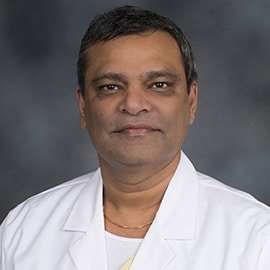
The National Blood Clot Alliance states that, on average, one American dies from a blood clot every six minutes. Blood clots are formed when parts of your blood thicken and form a gel-like mass. Blood clots are generally a normal function that stops your body from bleeding too much when you are hurt but can be dangerous in some places, such as in your brain or lungs.
Symptoms
Blood clots have different symptoms based on location. Blood clots in the leg or arm, or deep vein thrombosis (DVT), present with swelling, pain or tenderness not caused by injury, skin that is warm to the touch or redness or discoloration of the skin. Blood clots in the lung, or pulmonary embolism (PE), present with difficulty breathing or chest pain that worsens with deep breathing or lying down, coughing, lightheadedness or faster than normal or irregular heartbeat.
Blood clots in the brain can lead to strokes, and symptoms include trouble speaking or seeing, inability to move or feel one side of the body and, sometimes, seizure. Blood clots in the abdominal area can cause stomach pain and/or nausea and vomiting.
Risk Factors
The National Blood Clot Alliance states that blood clots do not discriminate. Blood clots can occur in anyone, regardless of age, race or gender. Risk factors for blood clots include:
- Major surgery or hospitalization
- Severe trauma
- Injury
- Hip or knee replacement surgery
- Cancer or cancer treatments
- Use of birth control that contains estrogen
- Hormone therapy
- Pregnancy
- Family history
- Smoking or vaping
Treatments
Treatments for blood clots can be recommended by your doctor. Potential treatments include medication such as blood thinners or anticoagulants, or compression socks. There are also procedures performed by your vascular surgeon like busting blood clots with medications and sucking blood clots out, as well as other advanced procedures including stents and surgery, if needed.
Prevention
Blood clots can be prevented and safely treated. Here are some ways you can prevent blood clots:
- Understand your risks associated with blood clots
- Identify signs and symptoms of blood clots
- Talk to your doctor, especially before surgery if you are concerned about blood clots
- Add movement to sedentary tasks such as stretching your legs every two to three hours
- Maintain a healthy weight
- If you are a smoker, stop smoking or being a cessation program
- Stay hydrated and eat a healthy diet
If you are experiencing any of these symptoms or think you may be at risk, please talk to your primary care provider or your vascular surgeon about your symptoms or risk level. If you do not have a primary care provider, visit UofL Health – Primary Care to find a provider near you. Visit UofL Health – Vascular Surgery to view our vascular surgeons. If you are 50 or older with a history of smoking, high blood pressure or cholesterol, heart disease, stroke or diabetes – or a family history of cardiovascular disease – schedule a fast and painless diagnostic stroke and vascular disease screening. To learn more and to schedule, call 502-587-4327 (select option 2 and then press 1).









